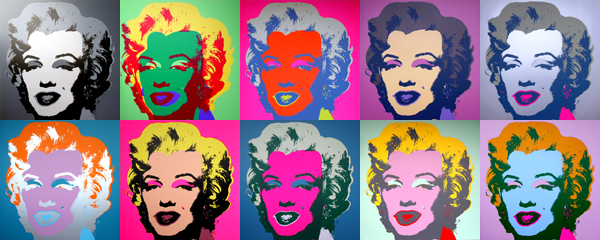idea first, tool second
Artificial Intelligence Questions Answered
In the ever-evolving world of artificial intelligence, a fundamental truth remains unchanged: the tool is only as good as the idea that precedes it. As we dive deep into artificial intelligence and its various applications, it’s essential to remember this underlying principle.
Proof of this is the evolution of Adobe Illustrator (at least for creatives), a tool rooted in the age-old process of screen printing. The tools behind screen printing are simple: use stencils to create patterns and designs. But as designers and artists began to crave more flexibility, precision, and efficiency, the limitations of the manual process became evident. This foundational idea of creating intricate patterns in layers was the precursor to the development of Adobe Illustrator.

This is the critical lesson. The idea is king. The tool is second.
Screen printing, a method that has been around for centuries, involves forcing ink onto a substrate through a mesh stencil. Each color requires a different stencil, making it a meticulous and time-intensive process. However, the results are vibrant, enduring, and artistically expressive.
It’s impossible to overlook the immense contributions of artists like Andy Warhol and Eduardo Paolozzi, who elevated this technique to new heights. Warhol, an American artist and leading figure in the Pop Art movement, is perhaps best known for his iconic screen prints of celebrities like Marilyn Monroe and everyday objects like the Campbell’s soup can. These works, characterized by bold colors and repetition, underscore the commercial, mass-produced ethos of the 1960s while offering a profound commentary on celebrity culture.
On the other side of the Atlantic, Scottish sculptor and artist Eduardo Paolozzi brought a unique touch to screen printing. As a pioneer of Pop Art in the UK, Paolozzi’s prints combined vibrant, disparate images from advertisements and magazines, showcasing the melding of culture and technology. Both artists, through their distinct styles and approaches, showcased the endless possibilities of screen printing as a medium, ensuring its position as a vital chapter in the history of the avant garde.
Enter Adobe Illustrator, a graphic design software that digitized the creative process, providing designers with unparalleled control and precision. Illustrator was not just another software; it was a solution to the screen printers’ dreams and the manifestation of the age-old design idea but on a digital canvas.
Although the software and screen printing are worlds apart in terms of technology, Illustrator’s core concept was built upon the foundational process of screen printing. Bezier curves, layering, and color separation, among other features in Illustrator, can be seen as digital renditions of the steps and considerations involved in traditional screen printing.
This is the critical lesson. Before Illustrator became an indispensable tool for graphic designers worldwide, there was a need, a concept, an idea. The tool—Adobe Illustrator in this instance—was developed to address this idea, to streamline a process, and to innovate.
The principle applies to the realm of artificial intelligence as well. AI tools, as sophisticated as they might seem, originate from fundamental human ideas and needs. Whether it’s automating a process, deciphering vast datasets, or enhancing artistic capabilities, the tool’s development is secondary. What’s primary is the underlying concept.
Tools evolve, become obsolete, and get replaced, but the underlying ideas are invaluable.
As we stand at the forefront of technological revolutions, witnessing innovations like augmented reality, content creators like ChatGPT, and advanced AI for graphic design, it’s crucial to remember the hierarchy: the idea precedes the tool. Tools evolve, become obsolete, and get replaced, but the underlying ideas are invaluable.
Adobe Illustrator’s journey from the foundational concept of screen printing to a digital design powerhouse reminds us of this intrinsic order. As we navigate the artificial intelligence landscape, may we always prioritize ideas and then seek or create the tools to bring them to life.
Do you think we used artificial intelligence to write this?

Andy Warhol, Marilyn Monroe (Marilyn) 1967 FS II.22-31
